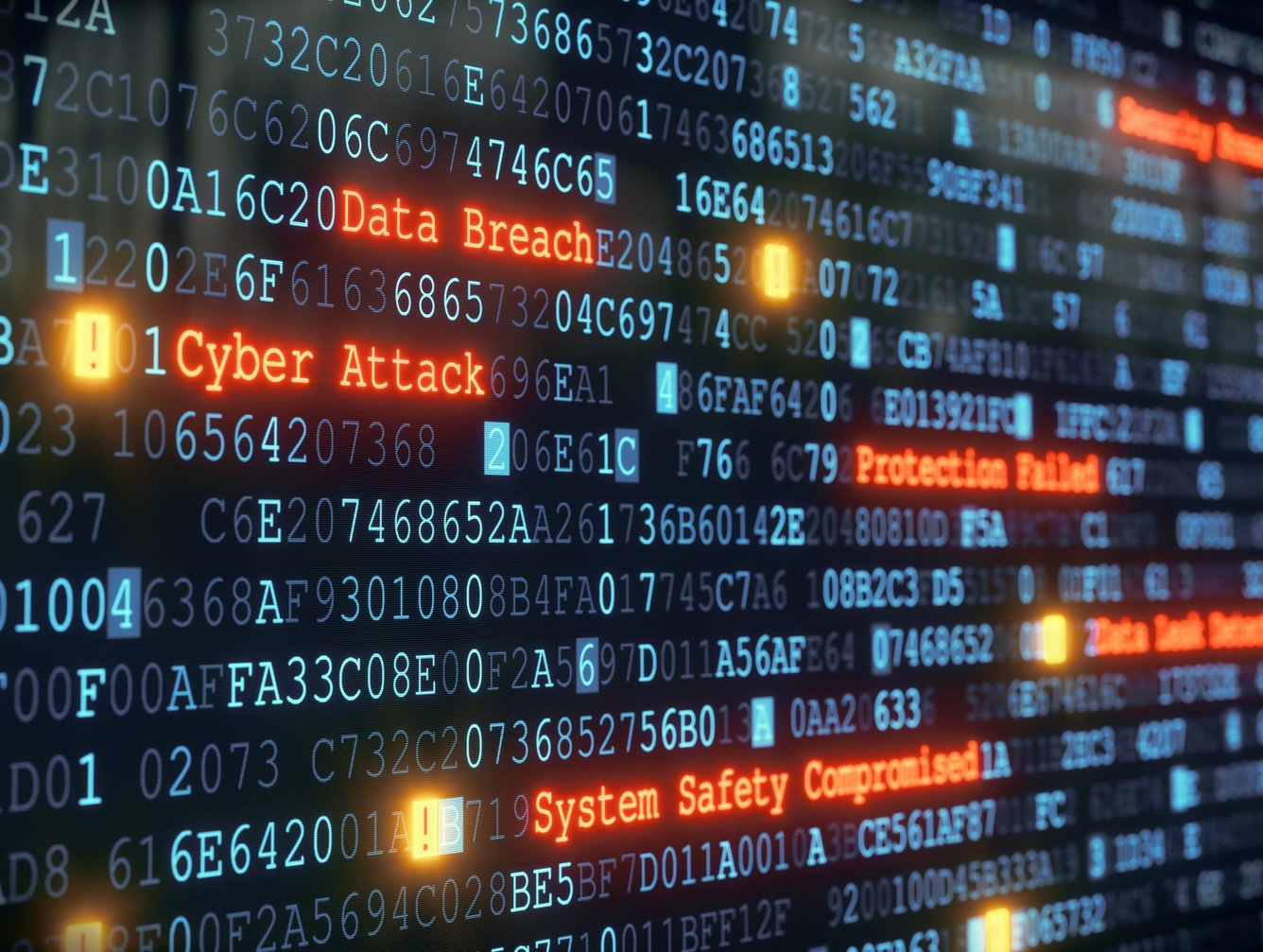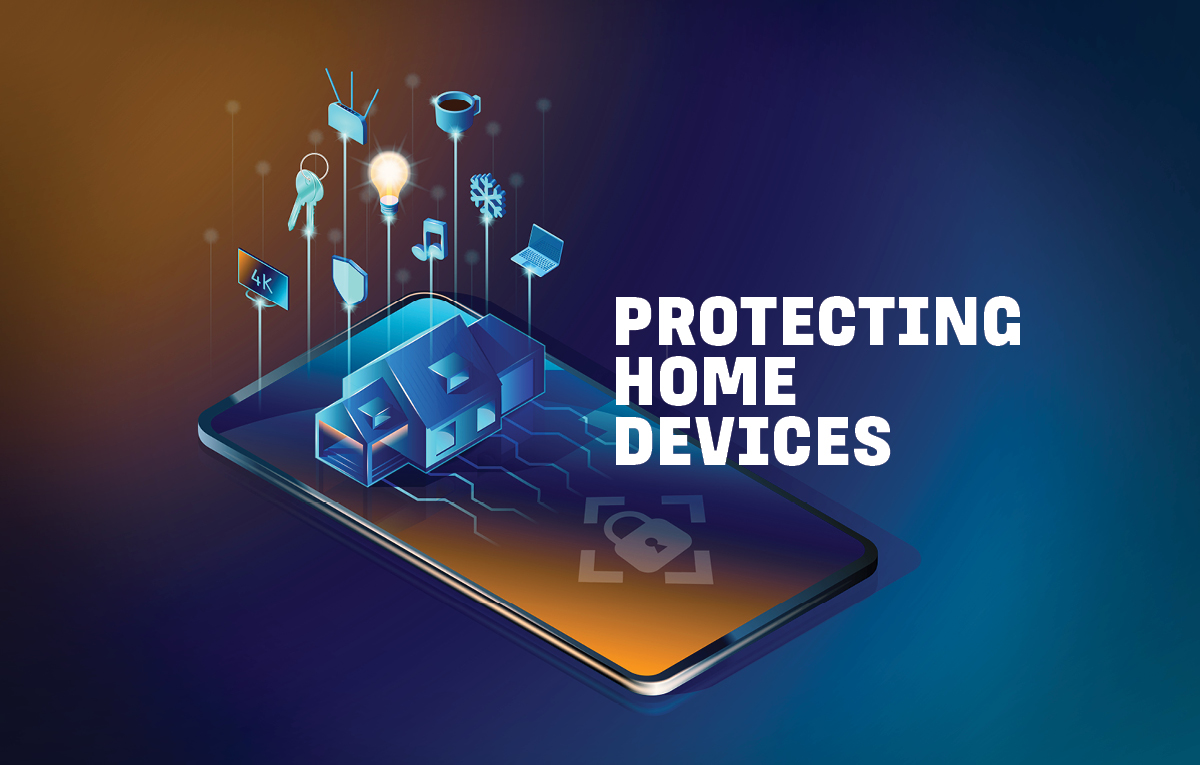justineanweiler.com – In today’s highly connected digital world, cyber attacks are becoming more frequent and sophisticated. From individuals to large organizations, no one is immune to the risks of hacking, malware, phishing, and other forms of cybercrime. However, by taking proactive measures, you can significantly reduce your vulnerability to cyber attacks and protect your personal information and digital assets. Here are key strategies to help you avoid becoming a victim of cyber threats.
1. Use Strong, Unique Passwords
One of the easiest ways for hackers to gain access to your accounts is through weak or reused passwords. To protect yourself:
- Create strong passwords: Use a mix of uppercase and lowercase letters, numbers, and special characters. Avoid easily guessable information like names, birthdates, or common words.
- Use unique passwords: Never reuse the same password across multiple sites or accounts. If one account is compromised, all others with the same password are at risk.
- Consider a password manager: Password managers securely store and generate complex passwords for your accounts, so you don’t have to remember them all.
2. Enable Two-Factor Authentication (2FA)
Two-factor authentication adds an extra layer of security by requiring you to provide two forms of identification when logging into an account. Typically, this involves entering your password and then confirming your identity with a code sent to your phone or email. Even if a hacker manages to steal your password, they won’t be able to access your account without the second factor.
3. Keep Your Software and Devices Updated
Cybercriminals often exploit vulnerabilities in outdated software to launch attacks. By regularly updating your devices and software, you can close security gaps and protect yourself from the latest threats.
- Update operating systems: Keep your computer, smartphone, and other devices up to date with the latest security patches.
- Update apps and software: Make sure all the apps, browsers, and software you use are updated to their latest versions.
- Enable automatic updates: To ensure you don’t miss important updates, turn on automatic updates where possible.
4. Be Cautious with Emails and Links
Phishing attacks are one of the most common ways cybercriminals attempt to steal personal information. They often send fake emails or messages that appear to be from legitimate sources, trying to trick you into clicking malicious links or providing sensitive information.
- Verify email sources: Before clicking on links or downloading attachments, ensure that the sender is legitimate. Double-check the email address, and if in doubt, contact the sender directly to confirm.
- Hover over links: Hovering your cursor over a link (without clicking) will show you the actual URL it points to. Be wary of links that seem suspicious or don’t match the email content.
- Don’t share personal information: Avoid sharing sensitive information like your passwords, Social Security number, or banking details via email.
5. Secure Your Home Network
Your home Wi-Fi network can be a weak point that cybercriminals exploit to gain access to your personal devices. Taking steps to secure your network can help prevent attacks.
- Change your router’s default settings: Many routers come with default usernames and passwords that are easy for hackers to guess. Change these to something more secure.
- Use encryption: Make sure your Wi-Fi network is encrypted using WPA3 or WPA2. This ensures that data transmitted over your network is secure.
- Set a strong Wi-Fi password: Like your online accounts, your Wi-Fi network should have a strong, unique password that isn’t easily guessable.
- Consider using a VPN: A virtual private network (VPN) adds an extra layer of security by encrypting your internet connection, making it harder for hackers to intercept your data.
6. Be Mindful of Public Wi-Fi
Public Wi-Fi networks, such as those in cafes, airports, or hotels, are often unsecured, making them attractive targets for hackers. Avoid accessing sensitive information, such as online banking or personal accounts, when connected to public Wi-Fi.
- Use a VPN: If you must use public Wi-Fi, a VPN can provide a secure connection, preventing others on the network from spying on your online activities.
- Avoid financial transactions: Try to avoid accessing sensitive accounts or conducting financial transactions over public Wi-Fi.
7. Install and Use Reliable Security Software
Good antivirus and anti-malware software can act as a crucial line of defense against cyber attacks. These programs can detect and remove malicious software before it causes harm.
- Install antivirus software: Make sure all your devices, including smartphones, have reputable antivirus software installed.
- Use a firewall: A firewall can help block unauthorized access to your network and devices. Most operating systems come with built-in firewalls—make sure they are enabled.
- Regularly scan for malware: Set up your antivirus software to scan for threats regularly. This ensures that if malware does slip through, it can be detected and removed quickly.
8. Backup Your Data Regularly
Even if you take all the necessary precautions, there is still a chance that a cyber attack could occur. Having backups of your important files can save you from losing data in the event of a ransomware attack or data breach.
- Backup to an external drive or cloud service: Regularly back up your important documents, photos, and files to an external hard drive or a secure cloud storage service.
- Automate backups: To ensure you don’t forget, set up automatic backups to run regularly.
9. Stay Educated on the Latest Cyber Threats
Cyber threats are constantly evolving, and staying informed is key to staying safe. Regularly educate yourself on the latest scams, phishing techniques, and malware trends so that you can recognize potential threats.
- Follow cybersecurity news: Websites and blogs dedicated to cybersecurity often post updates about new threats and provide tips for staying safe online.
- Take online security courses: Many online platforms offer free courses on cybersecurity basics, helping you become more knowledgeable and aware of the risks.
10. Use Caution with Smart Devices and IoT
The growing number of smart devices, or Internet of Things (IoT) gadgets, adds new opportunities for cyber attackers. From smart thermostats to fitness trackers, these devices can sometimes have weaker security measures.
- Change default passwords: Always change the default passwords on any IoT devices to something stronger and more secure.
- Update firmware regularly: Like your computer and smartphone, IoT devices also need to be updated to fix vulnerabilities.
Conclusion: Stay Vigilant and Proactive
While no one can be completely immune to cyber threats, following these practices can greatly reduce your risk of falling victim to a cyber attack. By using strong passwords, enabling two-factor authentication, keeping your devices and software updated, and being cautious with emails and public Wi-Fi, you can protect yourself and your data from cybercriminals. Cybersecurity is an ongoing process, and staying informed and vigilant is key to staying safe in today’s digital world.





